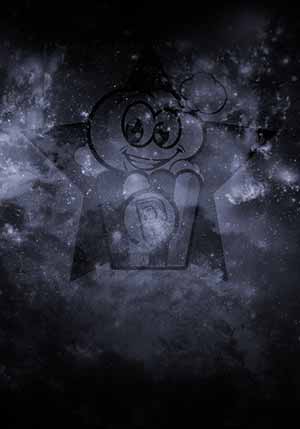Morton Downey
¿Quién es Morton Downey?
For a time in the 1920s, Downey sang with Paul Whiteman's Orchestra. He first recorded in 1923 for Edison Records under the pseudonym Morton James; the following year he recorded for Victor with the S.S. Leviathan Orchestra. In 1925, he began four years of recording for Brunswick Records. In 1926, he had a hit in the show Palm Beach Nights. Downey toured London, Paris, Berlin, New York City and Hollywood]. He also began appearing in movies, including Syncopation, the first film released by RKO Radio Pictures.
Downey was also a songwriter whose most successful numbers include "All I Need Is Someone Like You", "California Skies", "In the Valley of the Roses", "Now You're in My Arms", "Sweeten Up Your Smile", "That's How I Spell Ireland", "There's Nothing New", and "Wabash Moon". He joined ASCAP in 1949.
Famous tenor vocalist, Bill Kenny, idolized Downey, and it is believed that he was Kenny's biggest influence. The similarities in style can be heard in Kenny's earliest recordings with The Ink Spots. In 1930, Downey began making national radio broadcasts after opening his own nightclub (The Delmonico) in New York. He was voted America's "Radio Singer of the Year" in 1932. At the time, Downey was featured nightly on the Camel Quarter Hour radio broadcast. On February 5, 1945, his transcribed program Songs by Morton Downey moved from the NBC Blue Network to the Mutual Broadcasting System. The move came after Blue Network officials adopted a policy "against the use of transcriptions for network originated programs, except where technical difficulties void live broadcasts." As a result of the shift, the number of stations carrying the program more than doubled.
In the 1930s, he recorded for ARC, Hit of the Week, and Decca Records, and in the 1940s, he made records for Columbia Records. Starting in 1949, Morton Downey began appearing on television. From 1950 to1951, he co-hosted Star of the Family.
Trabajos destacados
Géneros más habituales en las películas de Morton Downey
Géneros más habituales en las series de Morton Downey
Compañeros de trabajo recientes de Morton Downey
Las imágenes y retratos de actores y actrices mostrados en este sitio web son obtenidos de la base de datos pública de The Movie Database (TMDb), utilizada bajo los términos y condiciones de dicha plataforma. En caso de que alguna imagen o fotografía sea incorrecta, ofensiva, o pueda infringir derechos de imagen o copyright, puede ser editada o eliminada directamente en TMDb. Esto provocará su eliminación automática en este sitio web. Adicionalmente, si usted desea solicitar la eliminación de una imagen directamente en nuestro sitio web, puede utilizar el formulario de contacto ubicado al pie de la página. Atenderemos su solicitud de manera expedita y tomaremos las medidas necesarias para garantizar el cumplimiento de los derechos aplicables.
The images and portraits of actors and actresses displayed on this website are sourced from the public database The Movie Database (TMDb), used in accordance with its terms and conditions. If any image or photograph is incorrect, offensive, or may infringe image rights or copyright, it can be edited or removed directly on TMDb. This will automatically result in its removal from this website. Additionally, if you wish to request the removal of an image directly from our website, you may use the contact form located at the bottom of the page. We will promptly address your request and take the necessary measures to ensure compliance with applicable rights.






